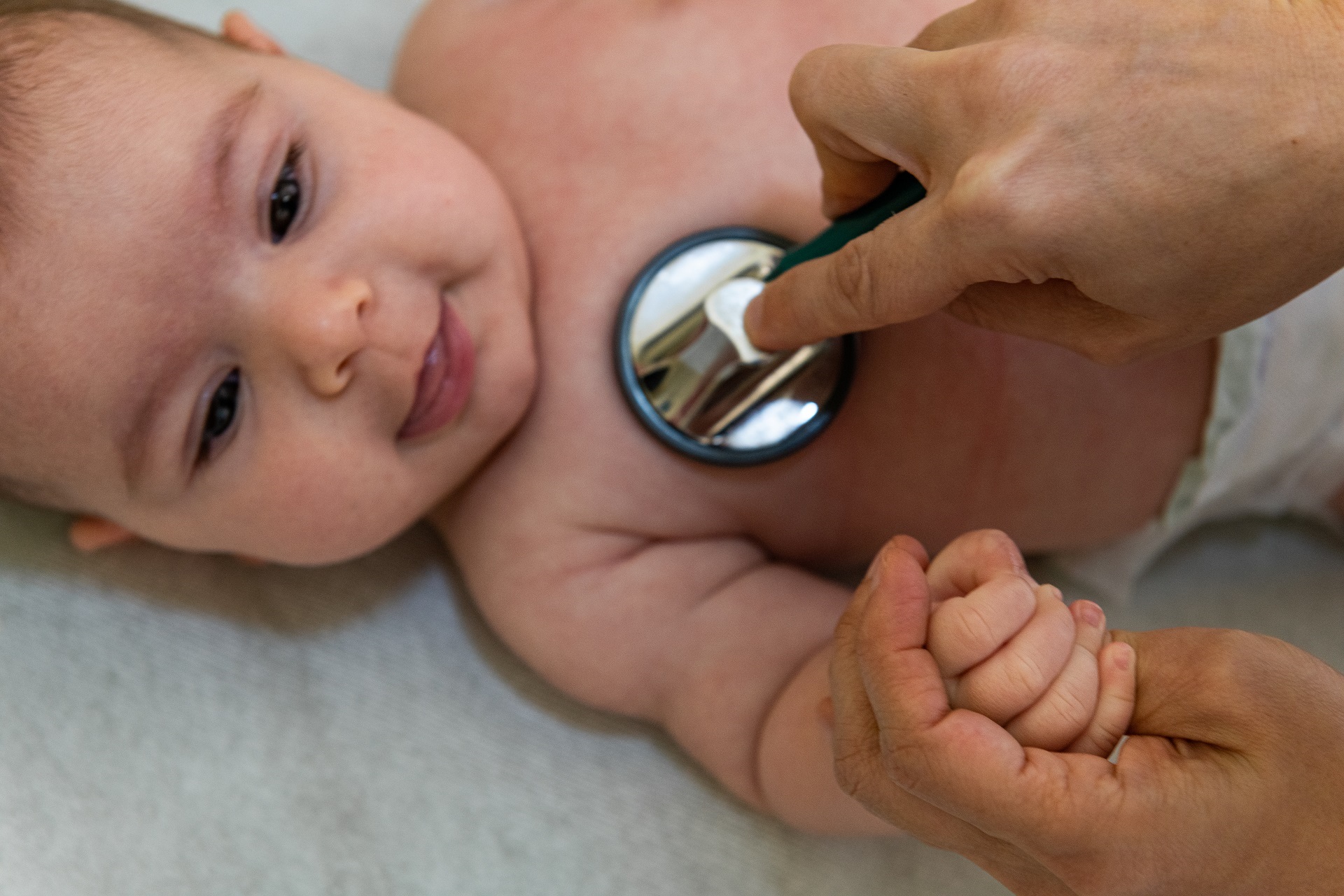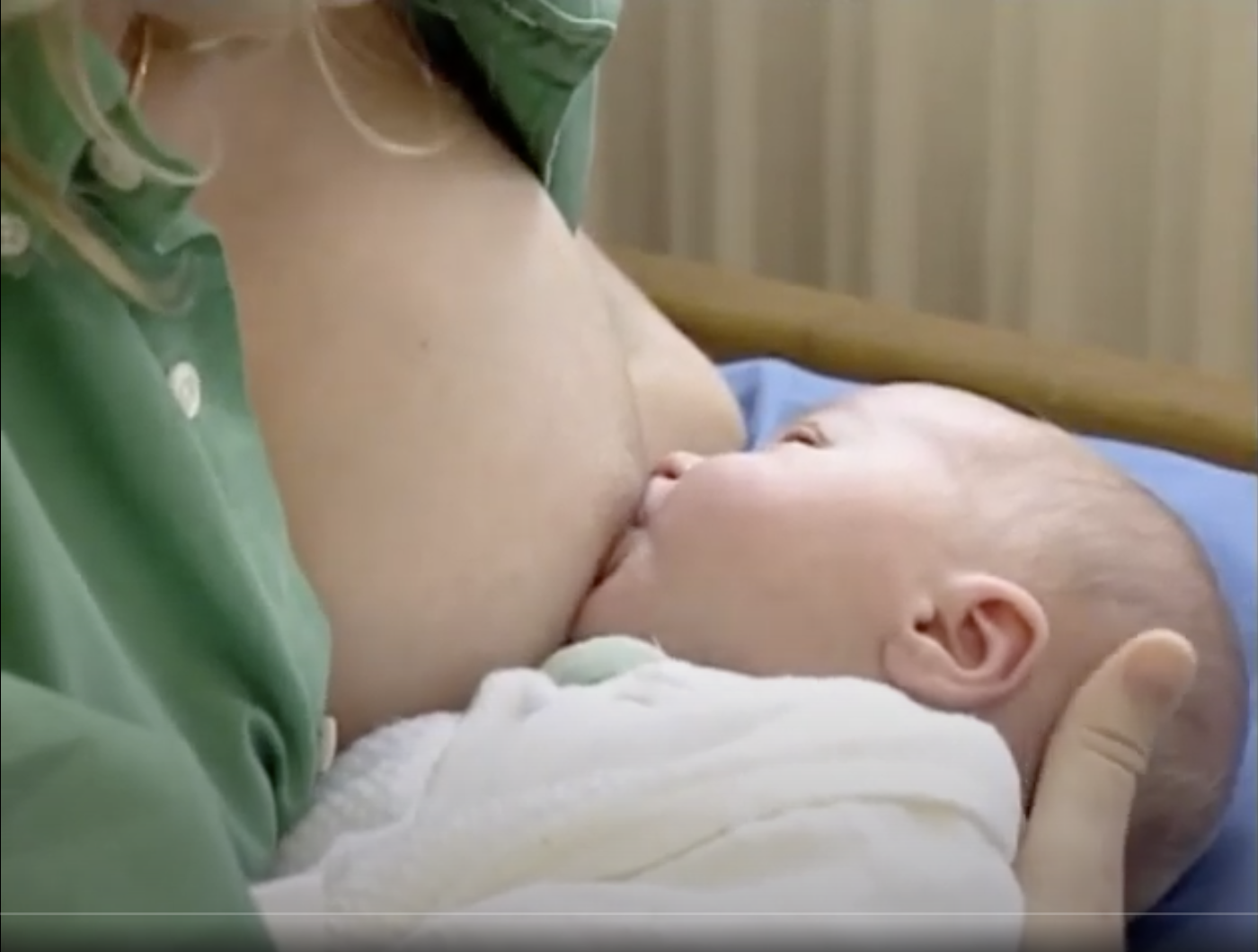Smart digital IMCI (dIMCI) course

Pediatrician Dr Ghazaryan examines Milena, 3-and-a-half months, during a preventive medical visit at the clinic in Yerevan, Armenia on 8 November 2021.
In an effort to increase access to essential health services and meet the demands for scaling the training of primary health workers in IMCI, WHO has developed a smart digital IMCI course that can be accessed online on any electronic device (computer, tablet and smart phone).
The course is intended for training of clinical nurses, clinicians and doctors managing of common childhood illnesses at primary health care level.
Course structure
The course is divided in five parts and composed of 13 modules:

SMART Digital Integrated Management of Childhood Illness (IMCI) Course
Part 1: One module on introduction to IMCI case management process
- Introduction module
Part 2: One module on sick young infant from birth up to 2 months of age
- Module 1: Care of the sick young infant

SMART digital Integrated Management of Childhood Illness (IMCI) practice
Part 3: Seven modules on sick child aged 2 months up to 5 years
- Module 2: General danger signs
- Module 3: Cough or difficult breathing
- Module 4: Diarrhoea
- Module 5: Fever
- Module 6a: Malnutrition
- Module 6b: Anaemia
- Module 7: Ear problems
Part 4: One module on HIV/AIDS in sick young infant or child
- Module 8: Children with HIV/AIDS

IMCI training video Breastfeeding position attachment
Part 5: Three modules on care for the well child
- Module 9A: Growth monitoring and feeding
- Module 9B: Monitoring a child’s development
- Module 9C: Immunizations and other preventive measures
How to enroll
The training course can be access on the WHO Academy training platform.
To enroll for training please click here.
How to navigate the program
After completing the introduction module, each learning module can be accessed and achieved in any order. However, we recommend you follow the sequence as it appears on this platform.
The course has several supportive resources including charts, forms, videos, animations, dialogues and flush movies. We recommend that you download the two chart booklets and the recording forms for your reference as you go through the course.
As you go through the modules, it is recommended that you practice the skills you have learnt on children in the outpatient clinics or those admitted on the wards. You should also get a mentor who has been trained in IMCI to support you through the learning process.
At the end of each module there is an assessment that you need to successfully complete to get granted a credential. Module assessments are essentially made of scenario-based questions that will require you recall knowledge and skills covered during the learning activities.
Disclaimer
This digital credential represents learning achievement based on meeting specific requirements captured within the learning outcomes (decision-making competence or task competence). Clinical skills competence will only be awarded if you have been assessed by the clinical mentor.
